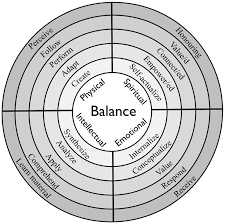Created by FNESC, this is the First Nations Language Curriculum Building Guide. This package was developed by Marianne Ignace (professor and director of SFU’s Indigenous Languages Program and First Nations Language Centre. It is designed to “assist First Nations language teachers, members of First Nations language communities, educational staff in First Nations and public schools, and policy makers as they consider First Nations language and culture frameworks at the K – 12 level”. The ideas presented in this document do its part to decolonize language learning in BC/Canada. Educators can refer to this document at the classroom level or the ministry level for universal change.
The document offers:
- Context/State of Indigenous languages in BC
- Rationale for the need to preserve Indigenous languages
- Examples and frameworks for teaching Indigenous languages

